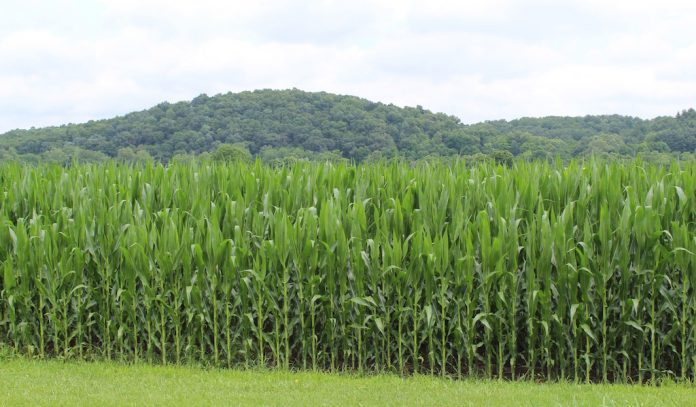UNIVERSITY PARK, Pa. — If warming continues unabated in the Midwest, in 50 years we can expect the best conditions for corn and soybean production to have shifted from Iowa and Illinois to Minnesota and the Dakotas, according to Penn State researchers.
The team looked into more than 30 years of county-level, crop-yield data from the U.S. Department of Agriculture’s National Agricultural Statistics Service for 18 states in the central region using machine learning, which is a form of artificial intelligence that enables a computer system to learn from data. The area analyzed produces the majority of these crops.
The researchers evaluated crop yields along with weather data. They considered fundamental climate variables to find yield predictors specific to each of the crop-growing phases.
The study also analyzed the relationships between climate and corn, sorghum and soybean grain yield from 1980 to 2016.
“This kind of research was impossible before the era of big data we are living in now,” said researcher Armen Kemanian, associate professor of production systems and modeling in the College of Agricultural Sciences. Kemanian said this study is important because it allows researchers to foresee what may happen in the future, given how quickly the climate is changing.
Not a crystal ball
The findings do not necessarily mean that the shift north and west in corn and soybean production will occur, said lead researcher Alexis Hoffman. But, based on the data, researchers conclude that such a shift is in progress, and there is a strong probability it will continue.
“We are not suggesting that such a shift would be a catastrophe,” Kemanian said. “It doesn’t mean that Iowa will stop producing crops, but it might mean that Iowa farmers adapt to a warmer climate producing two crops in a year or a different mix of crops instead of the dominant corn-soybean rotation. The changes are likely to be gradual, and farmers and the supply chain should be able to adapt. But things will change.”
Plant responses
The three crops in the study have distinct responses to humidity and temperature, one of the most revealing results of the study, Hoffman said. In general, corn needs more humidity, sorghum tolerates higher temperatures and soybean is somewhere in between.
For each year during the study period, researchers estimated planting dates for every county, based on county-level temperatures to simulate farmer adaptation to cold or warm years, she said. They estimated that planting occurs once the 21-day moving average rises to a crop-specific threshold temperature. Planting temperatures for corn, sorghum and soybean were 50, 59, and 53.6 degrees Fahrenheit, respectively.
Corn exhibited a uniquely strong response of increased yield to increasing atmospheric humidity during its critical phase, from before to after flowering, as well as a strong sensitivity to exposure to extreme temperatures, Hoffman said.
“Humidity is a factor for all crops studied, but what the data are telling us is that it is more of a factor for corn than it is for soybean or sorghum, and in a very narrow time window,” she said. “And by humidity, we mean that soils might be moist, but the data is showing that moisture in the air matters, regardless. That wasn’t known before.”
However, soybean has a strong response to both maximum and minimum temperatures, she said.
All crops had a threshold-like response to high temperature, but sorghum had a greater tolerance to high temperatures compared to corn and soybeans, Hoffman said.










